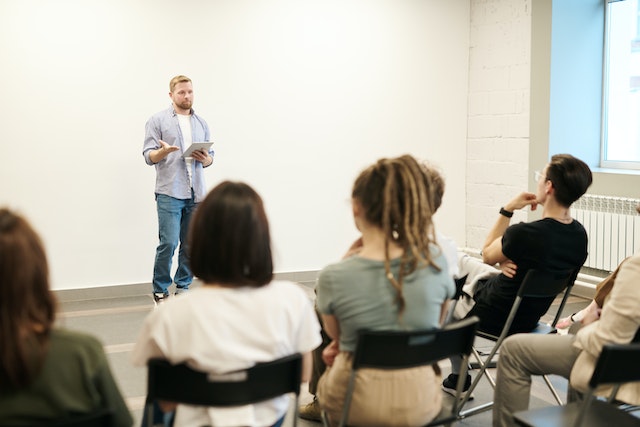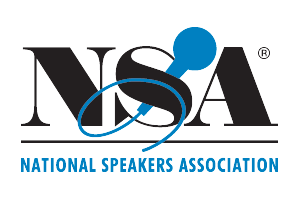
Let’s say you have to get up and give a report to a large and important audience. You are well prepared, rehearsed and know you have flawless information. Yet the longer you speak the more uncomfortable you become. Maybe you know you’re great one-on-one but something happens when you get up in front of others? Could you be sabotaging your presentations without even realizing it?
So often we kill our audience rapport the second we get up to speak because we are tense, concerned and therefore keep our arms close to our bodies, a psychological way of protecting ourselves. Every audience reads this kind of non-verbal communication as a negative. The opposite, exposing torso, says you are friendly, comfortable and open.
As an example, in most of my presentations I start off with a question, which I ask while simultaneously raising an arm high in the air. I am completely open with torso exposed, and psychologically this is a positive for my audience.
And once you have your audience raise their hands by asking a question that most will agree upon, then ask them to look around. When they see others’ hands up they start to think tribe mentality—we all agree—and you are part of that grouping, which starts to generate trust right away, before you’ve said anything.
This is the first step in building rapport with your audience, whether it’s ten people in a board room or 5000 at your annual conference. People gravitate toward those who can effectively communicate with them from the front of the room, and 90% of initial communication is non-verbal. The more you’re aware of how you’re communicating from a non-verbal perspective, the more effective and powerful you’ll be as a presenter.


